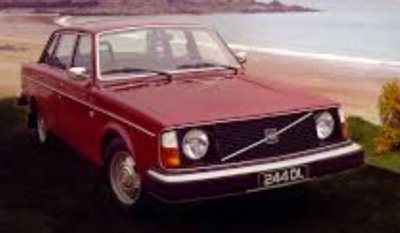Cochise
Priest of the cult of the Dog with the Broken Paw
- Joined
- Jun 17, 2011
- Messages
- 8,474
Do we have a thread on the topic of visual 'rightness'? What I mean is, certain engineering things look right and others look wrong - and quite often the latter do turn out to be 'wrong' . An example would be the first Tay Bridge, which looks like it was made up as it went along (as largely it was). At the time there was nothing equivalent to compare it to, but even so contemporary commentators - perhaps with no particular prescience - commented on how spidery and narrow it was.
The Edsel would be another example, for entirely different reasons.
The Dakota, on the other hand, just looks right. As did the poor old Concorde.
It strikes me as something that would have interested Charles Fort - where does the idea of 'rightness' in such circumstances come from?
The Edsel would be another example, for entirely different reasons.
The Dakota, on the other hand, just looks right. As did the poor old Concorde.
It strikes me as something that would have interested Charles Fort - where does the idea of 'rightness' in such circumstances come from?









